21 Korean Desserts and Sweet Recipes to Enjoy
Korean desserts are known for their delicate flavors, intriguing textures, and beautiful presentation. Traditional sweets often combine subtle sweetness with unique ingredients, creating treats that feel both light and satisfying.
Many of these desserts are deeply tied to Korean culture, enjoyed during festivals and celebrations. Flavors often include ingredients like rice, beans, and fruits, bringing a natural, gentle sweetness.
These desserts are as visually appealing as they are tasty, making them perfect for any occasion. Explore 21 traditional Korean desserts and try your hand at these delightful recipes:
Tea Cookies (Dasik) Kimchimari
Tea cookies, known as dasik, are traditional Korean sweets that offer a delightful blend of flavors and textures. These bite-sized treats stand out for their delicate incorporation of powdered grains like rice or barley, often flavored with ingredients such as sesame or green tea.
Crafted through a unique molding technique using wooden presses, each cookie is not only delicious but also visually appealing with intricate designs. These cookies serve perfectly alongside tea during gatherings or special occasions where you want to impress guests with authentic tastes from Korea's rich dessert heritage.
You might find them bringing a comforting touch to your afternoon breaks too.
Sweet Rice Dessert (Yaksik) Jessicas Dinner Party
Sweet rice dessert, known as yaksik, is a common treat in Korean culture.
This dish stands out with its combination of sweet rice, nuts, and dried fruits that create a rich tapestry of flavors.
A special blend of soy sauce, cinnamon, honey, and brown sugar binds these ingredients together while imparting an intriguing taste profile.
Traditionally enjoyed on the first full moon after the Lunar New Year or during festive occasions throughout the year, yaksik evokes fond memories for many who grew up savoring this snack or dessert option.
Poached Pears (Baesuk) My Korean Kitchen
Poached pears, known as baesuk, is a comforting dessert and a traditional remedy for coughs and colds.
The process involves steaming or poaching the pears until they absorb flavors from a thick syrupy liquid infused with sweetness.
While many enjoy sipping on the delicious broth rather than eating the fruit itself, since it loses some of its natural flavor during cooking, the experience remains satisfying.
This simple dish highlights Korean culinary traditions while providing warmth in every spoonful.
Sweet Korean Pancakes (Hotteok) Korean Bapsang
Sweet Korean pancakes, known as hotteok, are delightful treats that feature a chewy exterior filled with warm brown sugar and nuts. These popular street snacks provide a unique blend of textures and flavors that make them irresistible.
The dough is lightly fried to achieve a crisp outside while maintaining its soft center, creating an enjoyable contrast you can’t help but savor. Often enjoyed during colder months or festive occasions, these pancakes bring warmth and comfort to every bite shared among friends or family gatherings.
With simple ingredients at hand, making hotteok allows for creativity in the filling choices too, whether it's seeds or fruits you prefer.
Shaved Ice (Bingsu) Kimchimari
Shaved ice is a Korean dessert that perfectly captures the essence of summer refreshment.
Known as bingsu, this treat features finely shaved ice topped with various ingredients, with patbingsu being the traditional version that includes sweet red beans.
Unlike heavy dairy desserts, which can be overwhelming during Korea's hot and humid summers, a bowl of bingsu offers not only cooling relief but also hydration from its icy texture.
You’ll discover an array of toppings available today, from fresh fruits to condensed milk, allowing you to personalize your experience according to taste preferences or seasonal availability.
Makgeolli Ice Cream K-Food Fan
Makgeolli ice cream is a creamy dessert that uniquely features the flavors of traditional Korean rice wine.
Its milky texture sets it apart from typical frozen treats, making each scoop an intriguing experience for your palate.
Easy to prepare without any fancy machinery, this recipe brings together simple ingredients and a bit of elbow grease to create something special at home.
The addition of lemon verbena enhances its refreshing quality, adding layers to the overall flavor profile you will enjoy throughout the year.
Honey Pastry (Yakgwa) Kimchimari
Honey pastry, known as yakgwa, is a traditional Korean treat that captivates with its sweet and chewy texture. This dessert features wheat flour mixed with honey and sesame oil, creating a rich flavor profile that's simply unforgettable.
Often shaped into intricate forms and lightly fried before being soaked in honey syrup, yakgwa stands out for its unique preparation method that combines both frying and sweetening. You’ll find these pastries often served during celebrations or special occasions in Korea.
With each bite offering a perfect balance of sweetness and nuttiness, it's hard to resist this charming addition to your dessert repertoire.
Sweet Rice Mini Bundt Cake Kimchimari
Sweet rice mini bundt cake offers a unique twist on traditional desserts, featuring a delightful texture that is both tender and slightly crunchy.
This dessert is believed to have been created by Koreans in America, leading to numerous variations over time.
Made with sweet rice flour, these cakes stand out for their nutritional benefits compared to standard processed flours while remaining incredibly versatile; you can incorporate nuts or dried fruits based on your preference.
The result is a charming treat that satisfies the palate without compromising health values, a wonderful addition for those seeking wholesome indulgence alongside flavor richness.
Half-Moon Rice Cakes (Songpyeon) Korean Food
Half-moon rice cakes, known as songpyeon, serve as a beloved traditional treat during Chuseok, Korea's autumn harvest festival.
These cakes feature a distinctive half-moon shape and are crafted from glutinous rice flour infused with natural colors derived from fruits and other wholesome ingredients.
With both sweet and savory varieties available, these treats not only symbolize gratitude towards ancestors but also offer versatility in flavors to complement festive meals.
Typically enjoyed throughout the three-day celebration, each bite of songpyeon reflects cultural heritage while satisfying cravings for something unique yet comforting.
Korean Mochi Rice Cake (Chapssaltteok)
Korean mochi rice cake, known as chapssaltteok, highlights a unique texture and taste that sets it apart in the realm of desserts.
Crafted from glutinous rice and filled with sweet red bean paste, these cakes offer a satisfying chewiness that’s hard to resist.
Often seen adorned in delicate boxes for gifting purposes, they symbolize good luck, especially cherished by students preparing for exams.
The variety comes alive with its three colors: pure white without additives, soft pink infused with red coloring, and earthy green enriched with green tea powder.
Whipped Coffee (Dalgona Coffee)
Whipped coffee, known as dalgona coffee, is a South Korean beverage with frothy top layer and rich flavor. This drink consists of instant coffee whipped together with sugar and hot water until it achieves a creamy consistency, then served over cold milk or water.
The visual appeal comes from the striking contrast between the light foam and dark liquid beneath. As you prepare this treat at home, it’s easy to adjust the sweetness level to suit your taste preferences while enjoying an invigorating caffeine boost in every sip.
You’ll find yourself reaching for this recipe again when looking for something special to brighten your day.
Crunchy Nut Candy (Yeot-Gangjeong)
Crunchy nut candy, known as yeot-gangjeong, highlights the simplicity of traditional Korean sweets.
This treat features an assortment of nuts enveloped in a sticky rice syrup that adds just the right amount of sweetness.
While you can find this confection at local markets or stores, there's something special about creating it in your own kitchen, many agree homemade versions surpass store-bought ones.
The texture is both crunchy and chewy; fingers may get a little messy while enjoying this snack, but each bite offers rewarding flavors that make it worthwhile for any occasion.
Fish-Shaped Pastry (Bungeoppang)
Bungeoppang is a fish-shaped pastry, beloved across Korea and often found in street markets during the winter months. Originating from Japan, this treat holds a special place in many hearts, evoking fond memories of childhood for Koreans.
The allure lies not only in its unique shape but also in the variety of fillings it can offer, ranging from traditional red bean paste to modern favorites like Nutella and peanut butter. These pastries provide warmth on chilly days while delivering a taste that resonates with nostalgia and comfort food cravings.
You’ll find bungeoppang to be an irresistible snack that bridges generations through shared flavors and cherished moments.
Twisted Donuts (Kkwabaegi)
Kkwabaegi are Korean twisted donuts that tantalize your palate with their sweet, golden exterior and delightful texture.
Found in bakeries and enjoyed at street stalls, these treats offer a comforting indulgence that stands apart from traditional desserts.
With minimal ingredients required, making kkwabaegi is straightforward; they often feature a touch of cinnamon for added warmth, typically presented as a sugary coating.
These scrumptious donuts provide the perfect balance between crispy on the outside and soft within, inviting you to savor each bite.
Watermelon Punch (Subak Hwachae)
Watermelon punch, known as subak hwachae, refreshes with its mix of fresh fruits and cool flavors. This traditional Korean beverage is especially enjoyed during the sweltering summer months when hydration becomes essential.
With around 30 variations available, each sip delivers a burst of natural sweetness that feels indulgent yet light enough for those who prefer something less heavy after a meal. The health benefits add to its appeal; packed with nutrients from real fruit, it’s thought to support digestion and boost immunity while satisfying your thirst.
Ideal for warm days or social gatherings, this drink invites everyone to savor summer in every refreshing glass.
Five Flavor Berry Tea (Omija Tea)
Five flavor berry tea, also known as omija tea, stands out with its blend of sweet, sour, salty, bitter, and spicy flavors derived from dried magnolia berries. This traditional Korean beverage offers a refreshing experience that's both soothing and invigorating at the same time.
The infusion process unlocks vibrant hues while ensuring that each sip delivers a delightful complexity to your palate. This drink can be enjoyed warm or chilled, making it versatile for any season.
Its health benefits are equally noteworthy; packed with antioxidants and vitamins that nourish the body naturally while tantalizing your taste buds in every cup you serve.
Cinnamon Punch (Sujeonggwa)
Cinnamon punch, or sujeonggwa, is a fragrant Korean beverage known for its warm and spicy flavors.
This traditional drink features cinnamon as the star ingredient, beautifully balanced with sweet dried fruits that add depth to each sip.
A delightful refreshment often served during special occasions or family gatherings, it embodies comfort and warmth in every glass.
You can enjoy this aromatic concoction chilled or hot, making it suitable year-round.
Red Bean Rice Cakes (Bukkumi)
Red bean rice cakes, known as bukkumi, highlight the mastery of Korean cuisine in utilizing glutinous rice flour and sweet red beans.
These delightful treats feature a crispy exterior that contrasts beautifully with their tender, sugary filling.
Traditionally enjoyed during various celebrations, they can be adorned with seasonal flowers or the jujube fruit for added flair.
The art of making bukkumi reflects Korea’s rich dessert culture and showcases how simple ingredients transform into beloved sweets you’ll find at many festive occasions.
Sponge Candy (Dalgona)
Sponge candy, known as dalgona, is a tasty Korean confection that features a unique combination of sugar and baking soda.
Its airy texture and light crunch create an enjoyable treat reminiscent of childhood memories from bustling street markets.
The caramelized flavor adds depth, making it irresistible for those who appreciate sweet snacks with character.
This nostalgic dessert can also be made at home easily using just a few simple ingredients, allowing you to experience its charm anytime you wish.
Honey Bread The Sweet Tidings
Honey bread features thick slices filled with luscious whipped cream, generously drizzled with honey and sprinkled with cinnamon powder.
Often found in cozy cafés or restaurants, this dessert pairs beautifully with your favorite drink, making it an ideal accompaniment to coffee after a meal.
Despite its hefty appearance, you’ll find that the rich flavors make it disappear quickly from your plate.
Walnut Cakes (Hodo Kwaja)
Walnut cakes, or hodo kwaja, represent a tasty treat from Korean street vendors.
Characterized by their unique walnut-shaped molds, these cakes typically feature a sweet red bean filling that many find irresistible.
Though walnuts can be added for extra flavor and texture, they’re not essential to the recipe, making it accessible for those with nut allergies.
Often enjoyed as an energizing snack during travel or after meals, hodo kwaja brings a comforting sweetness that perfectly complements any occasion.


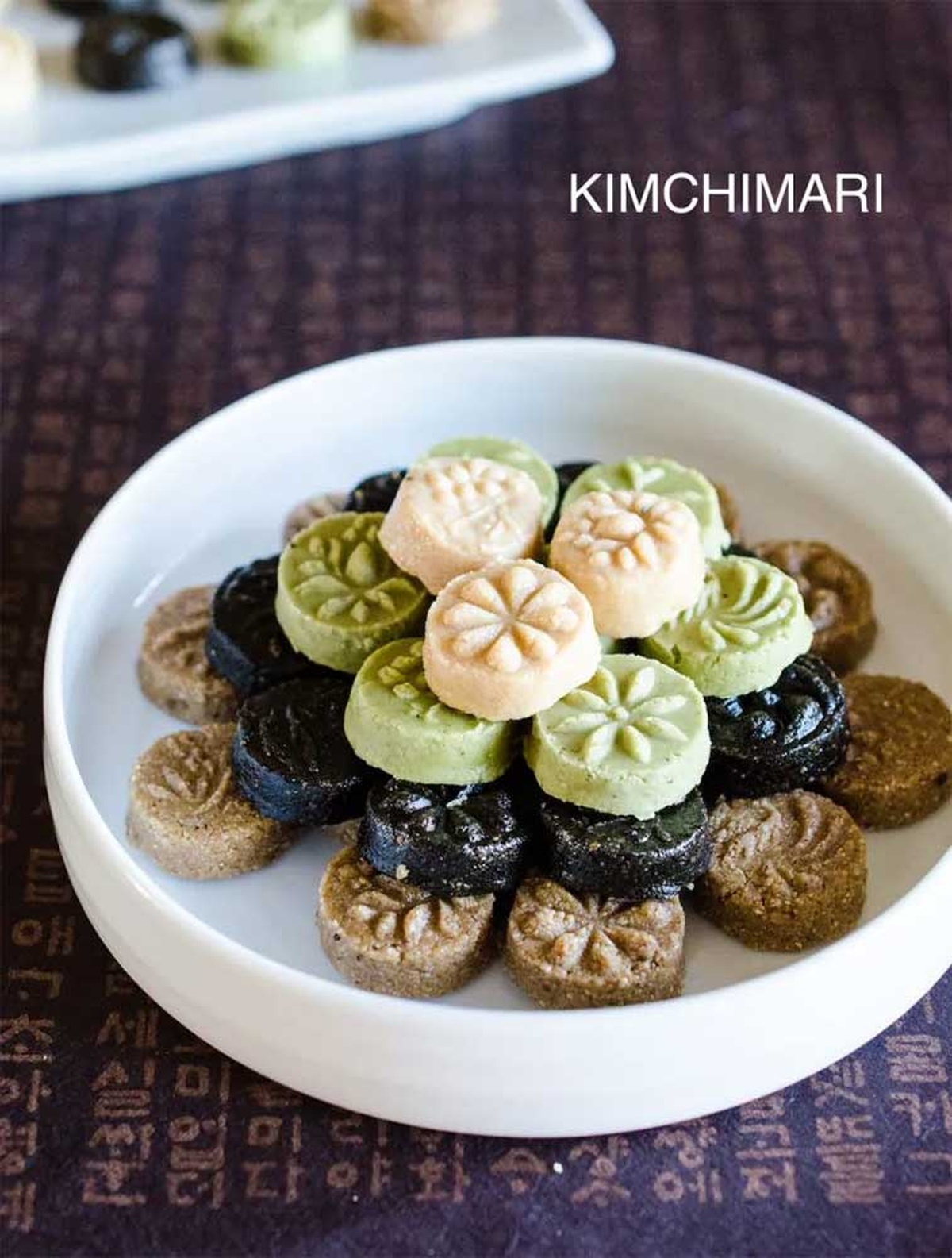
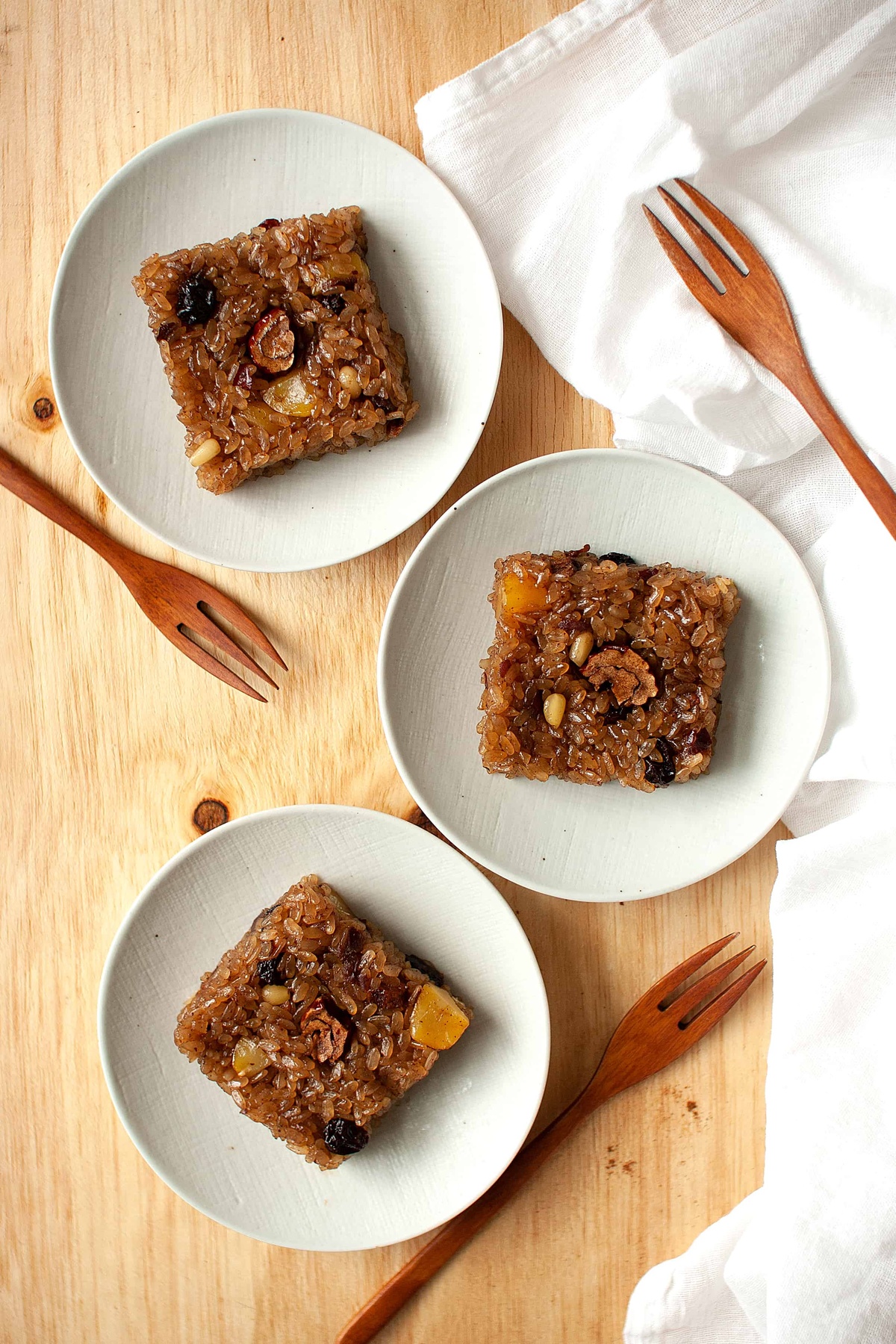
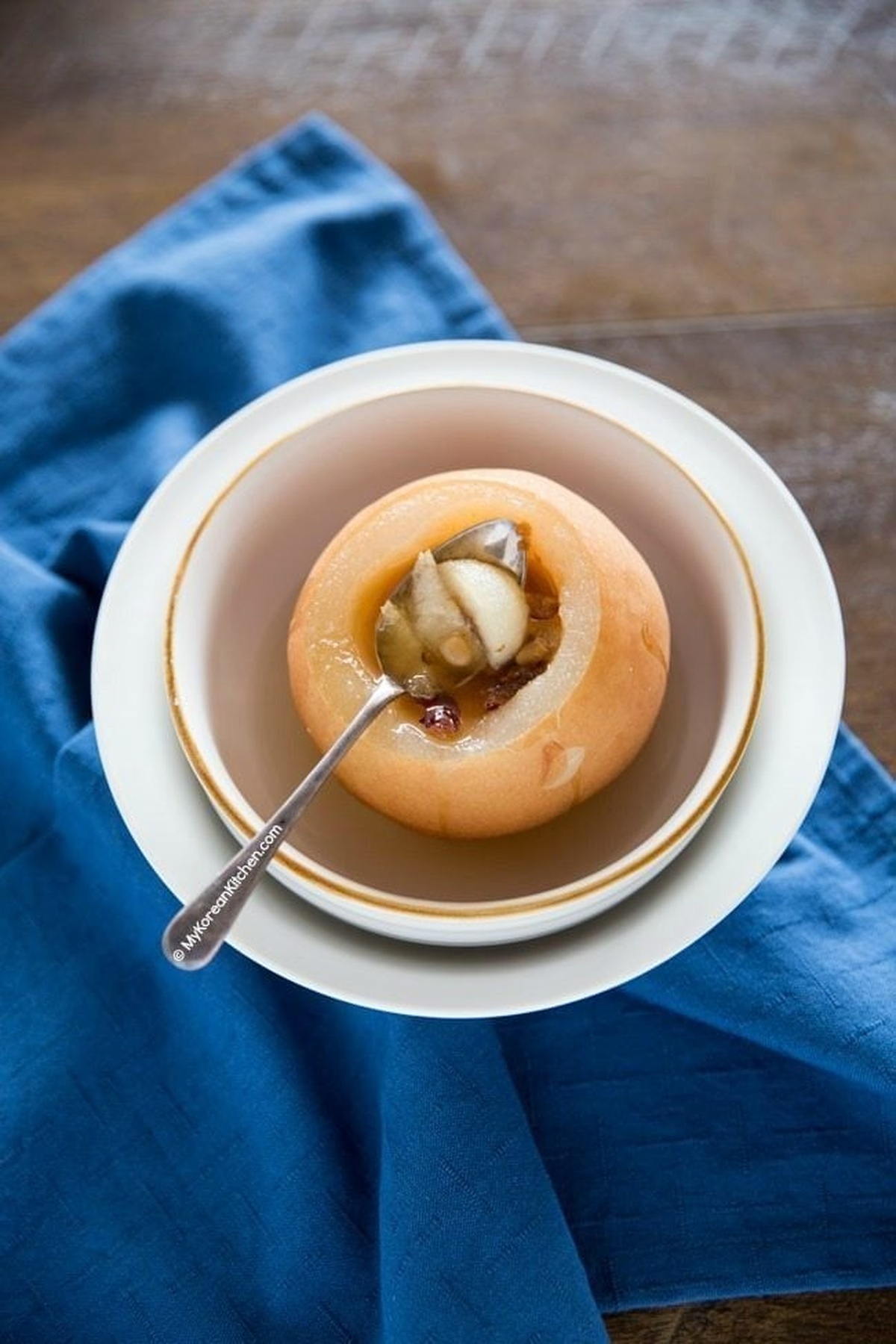
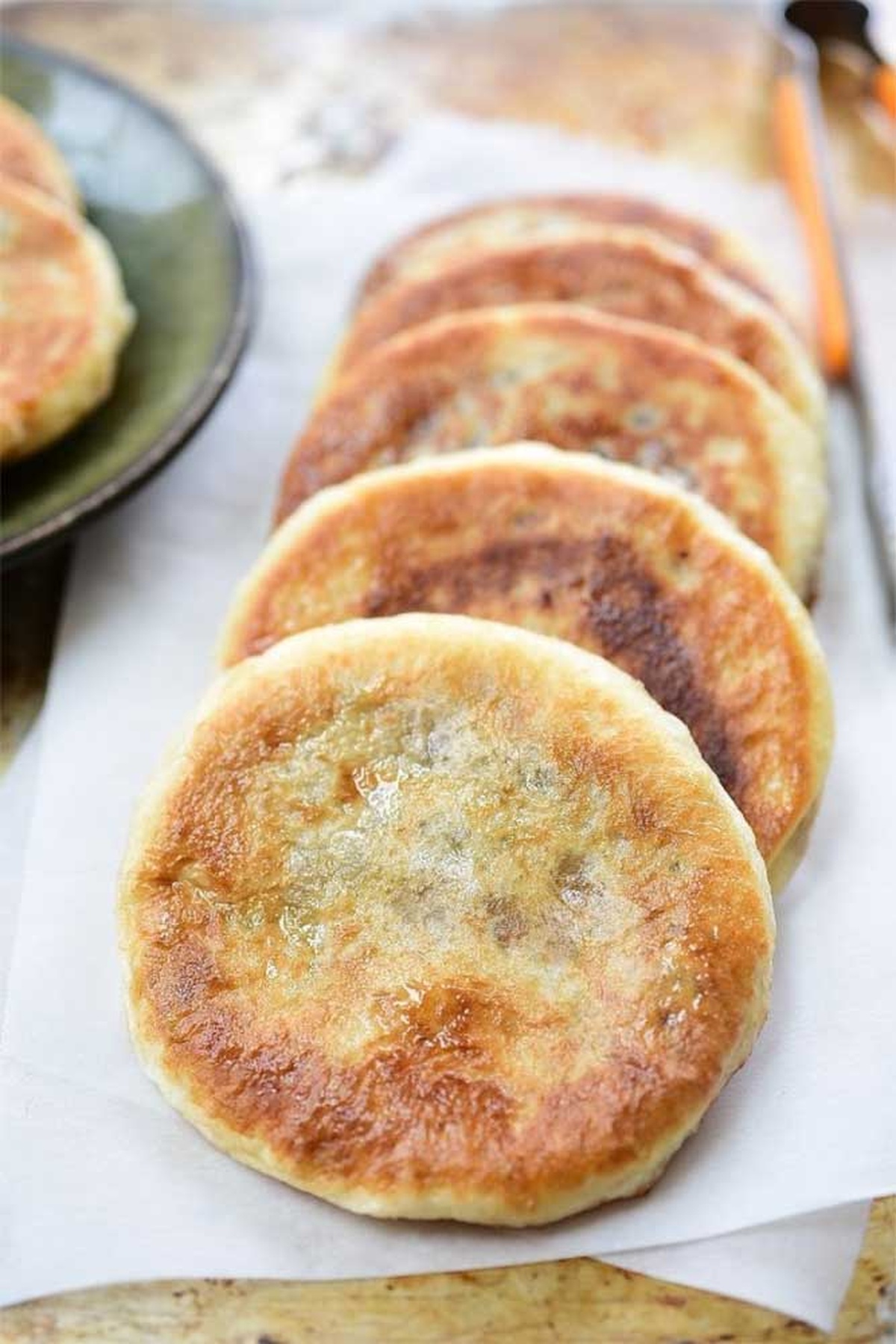
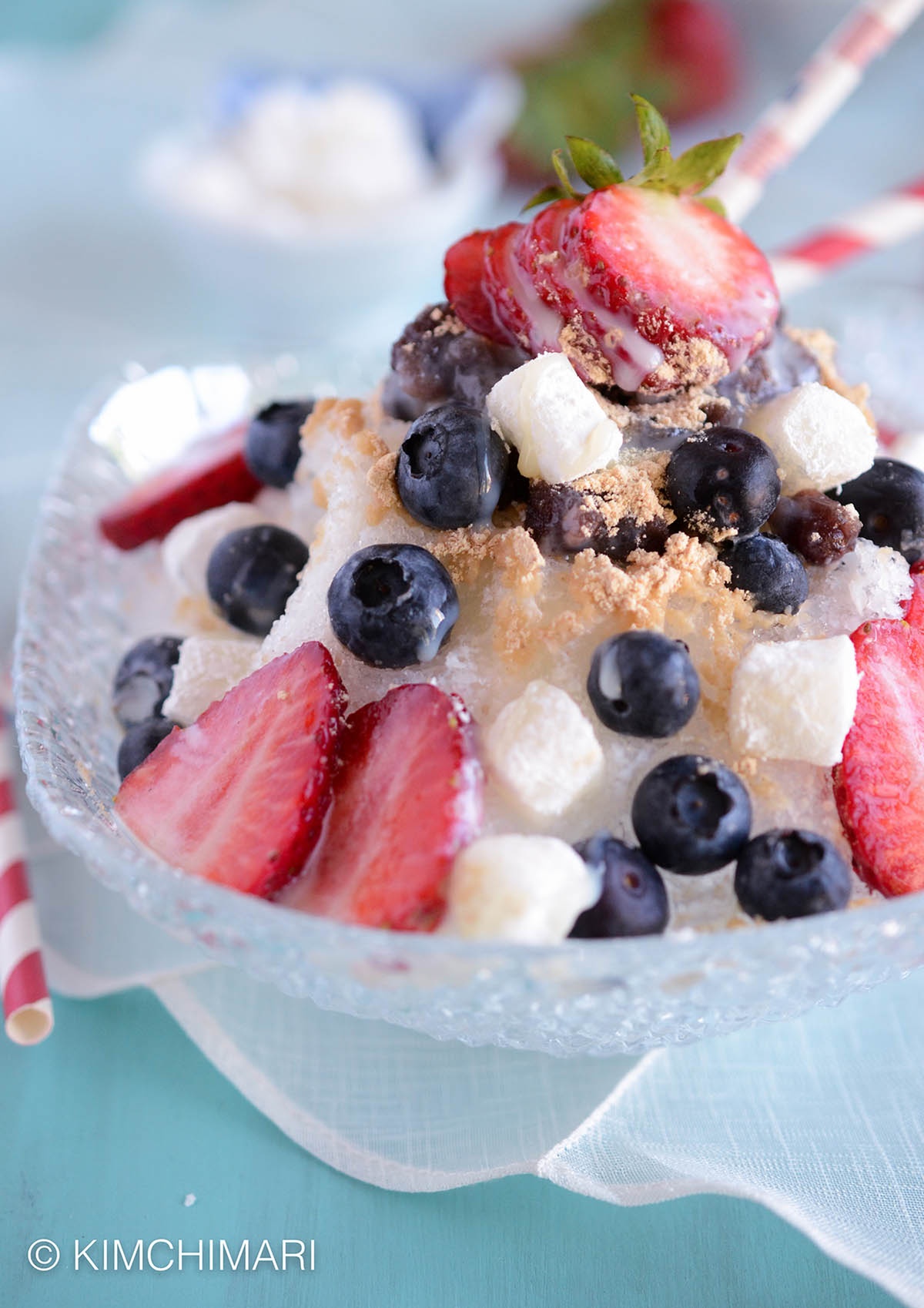
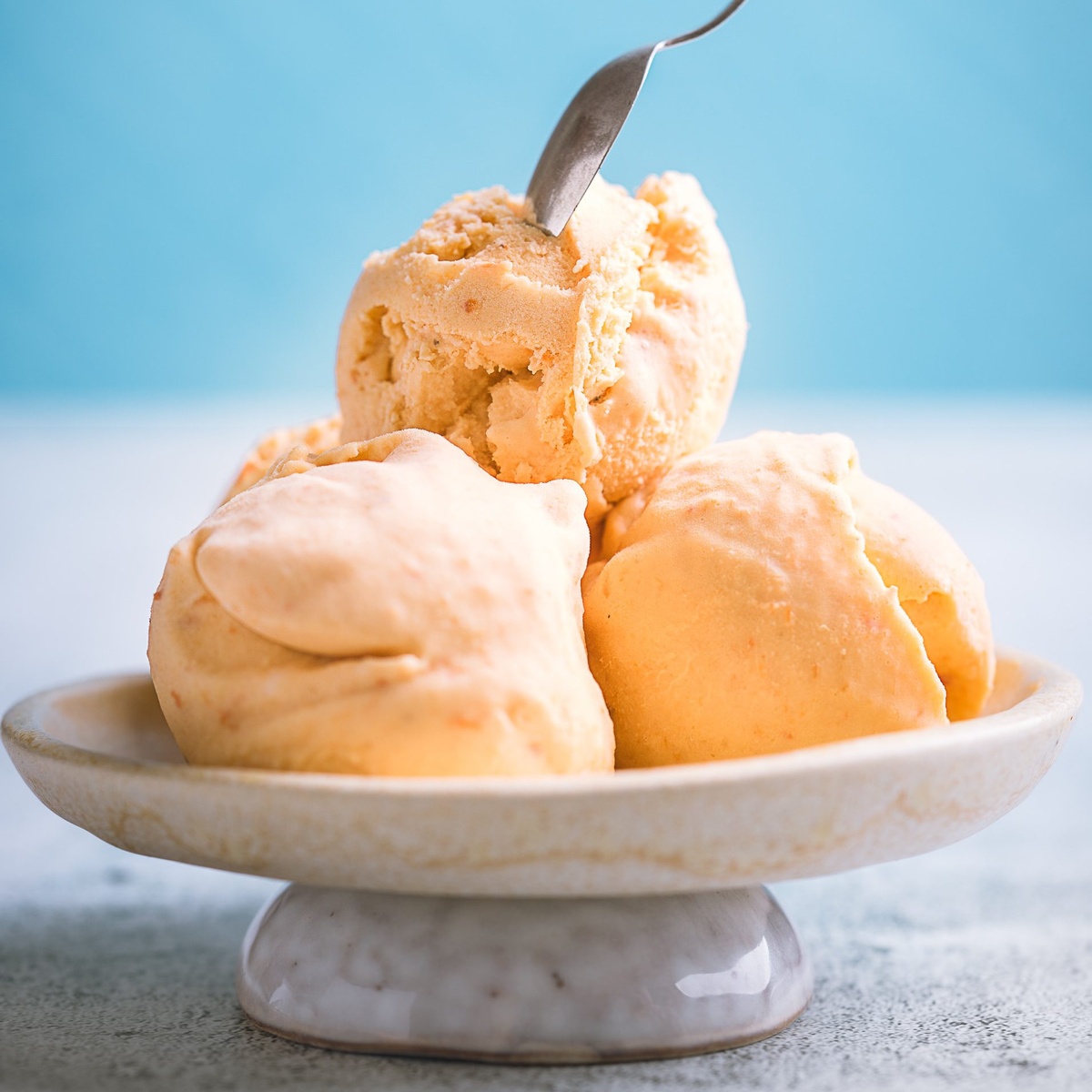
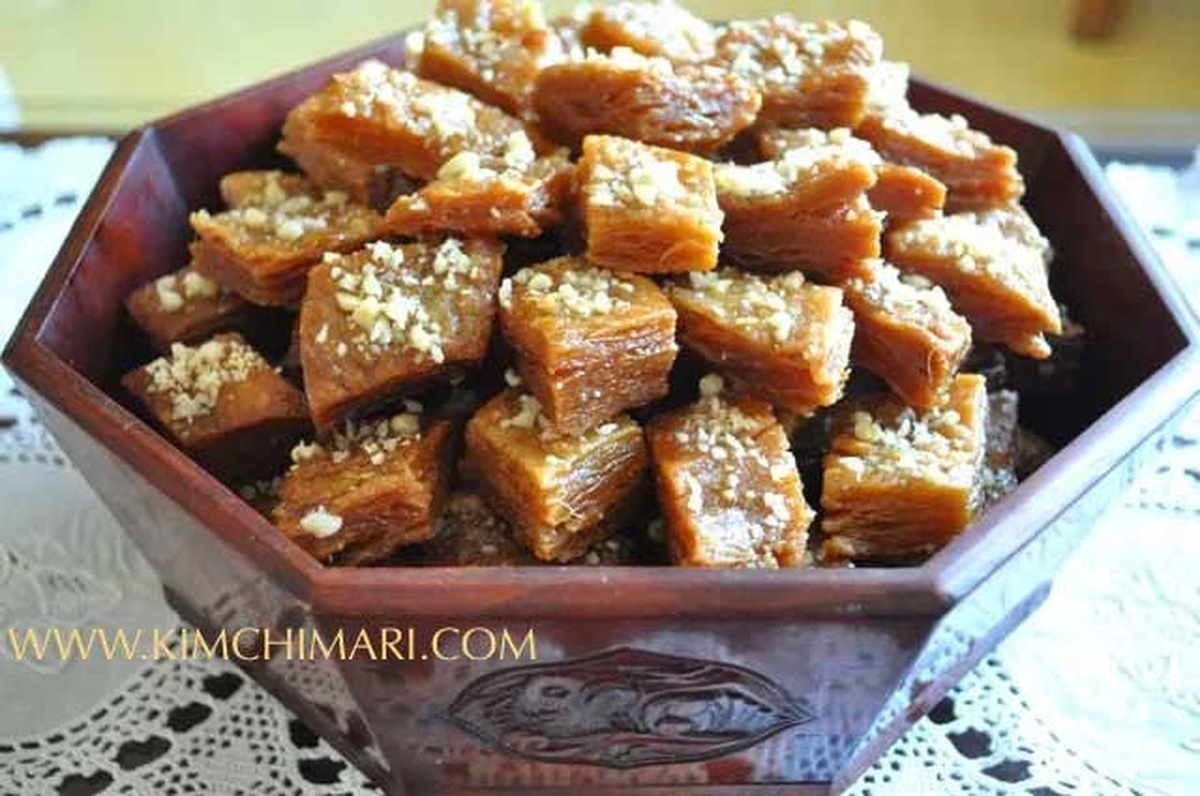
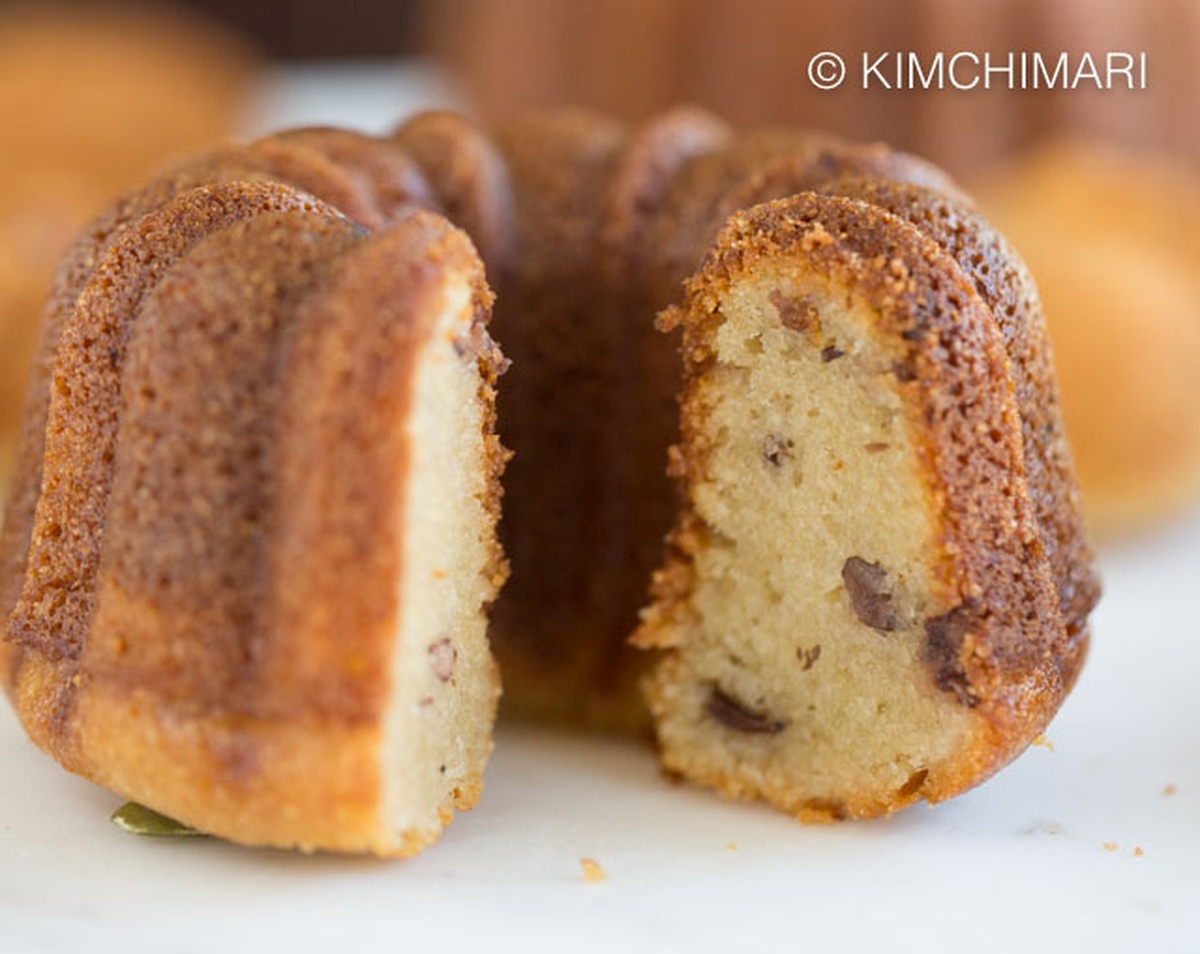
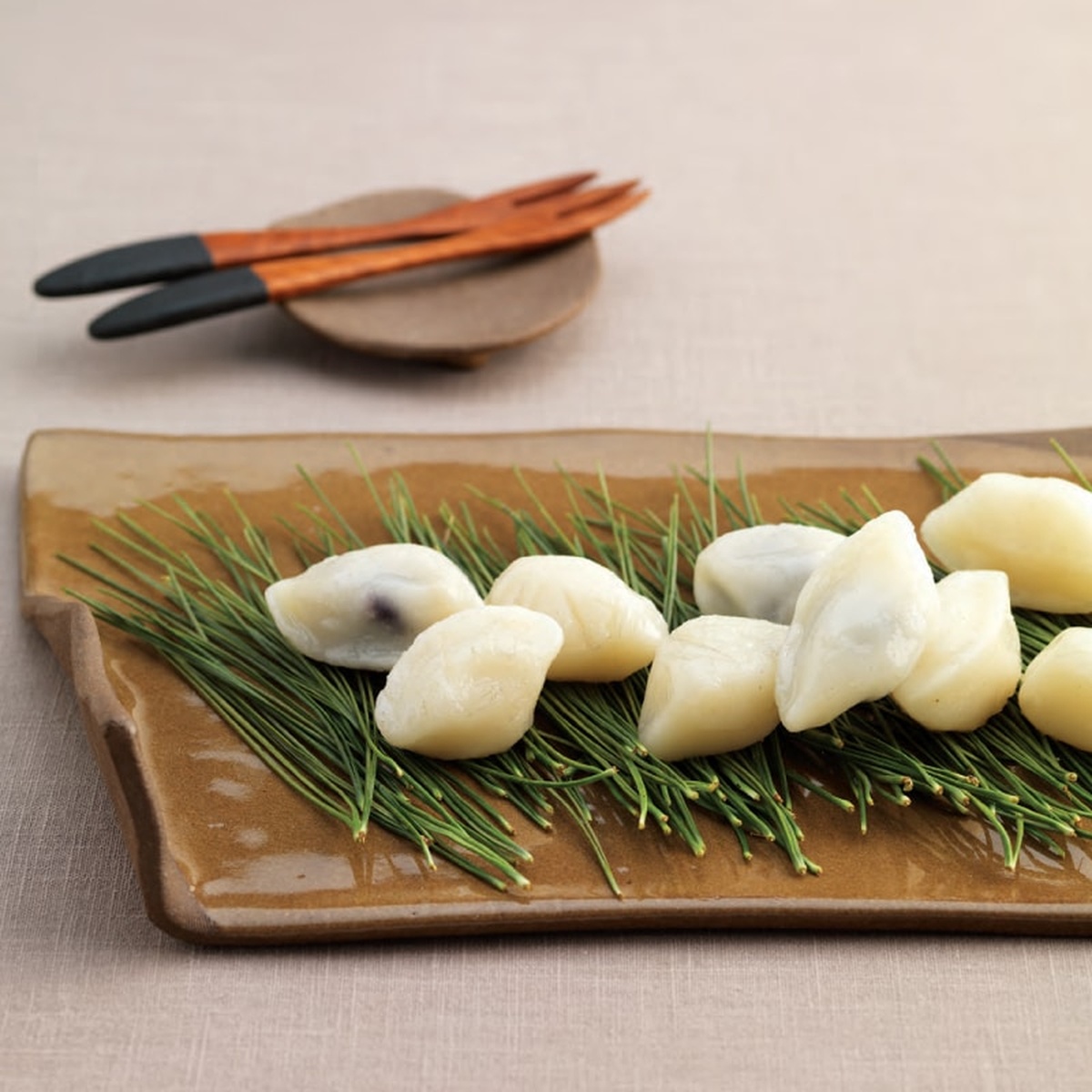
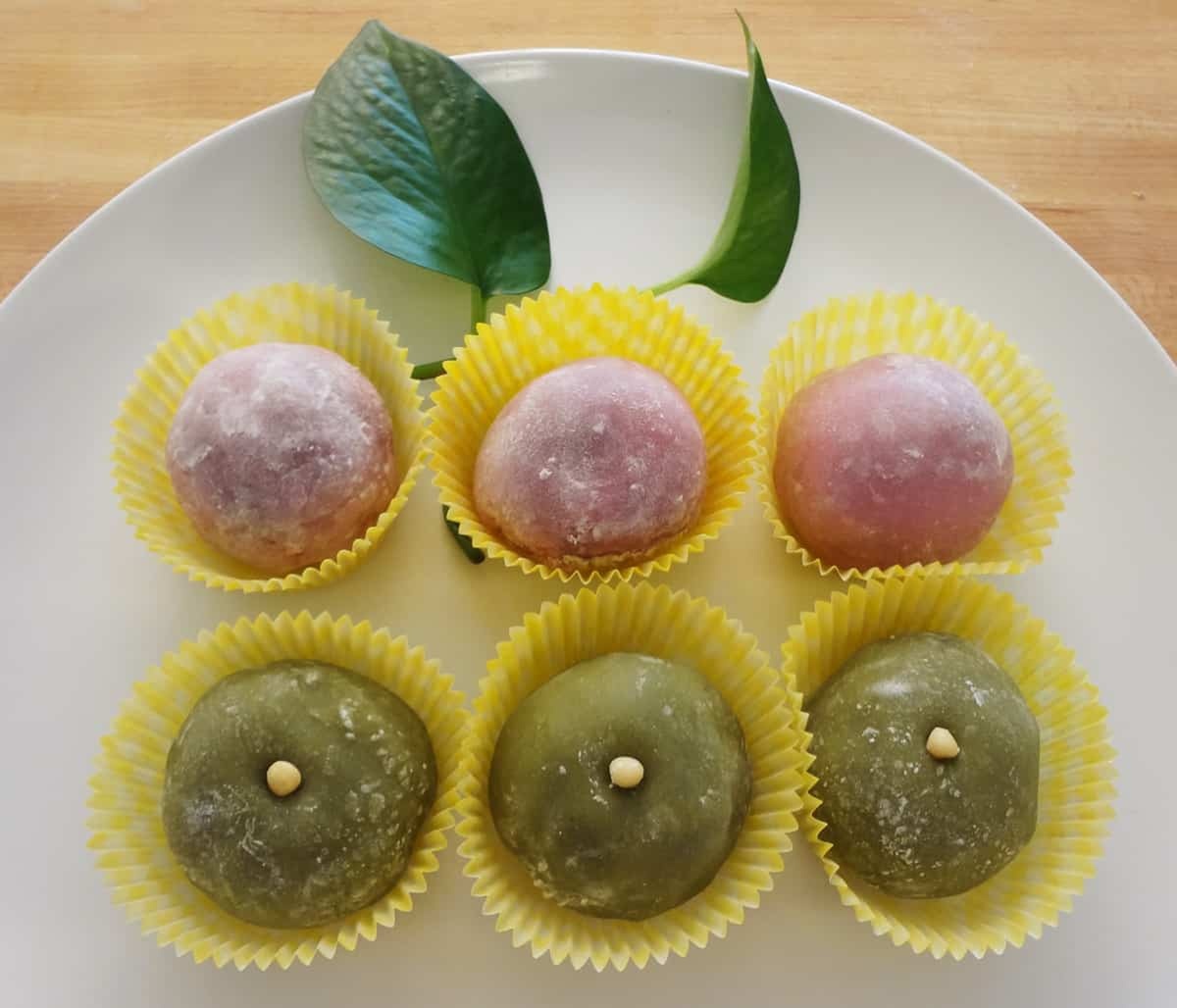
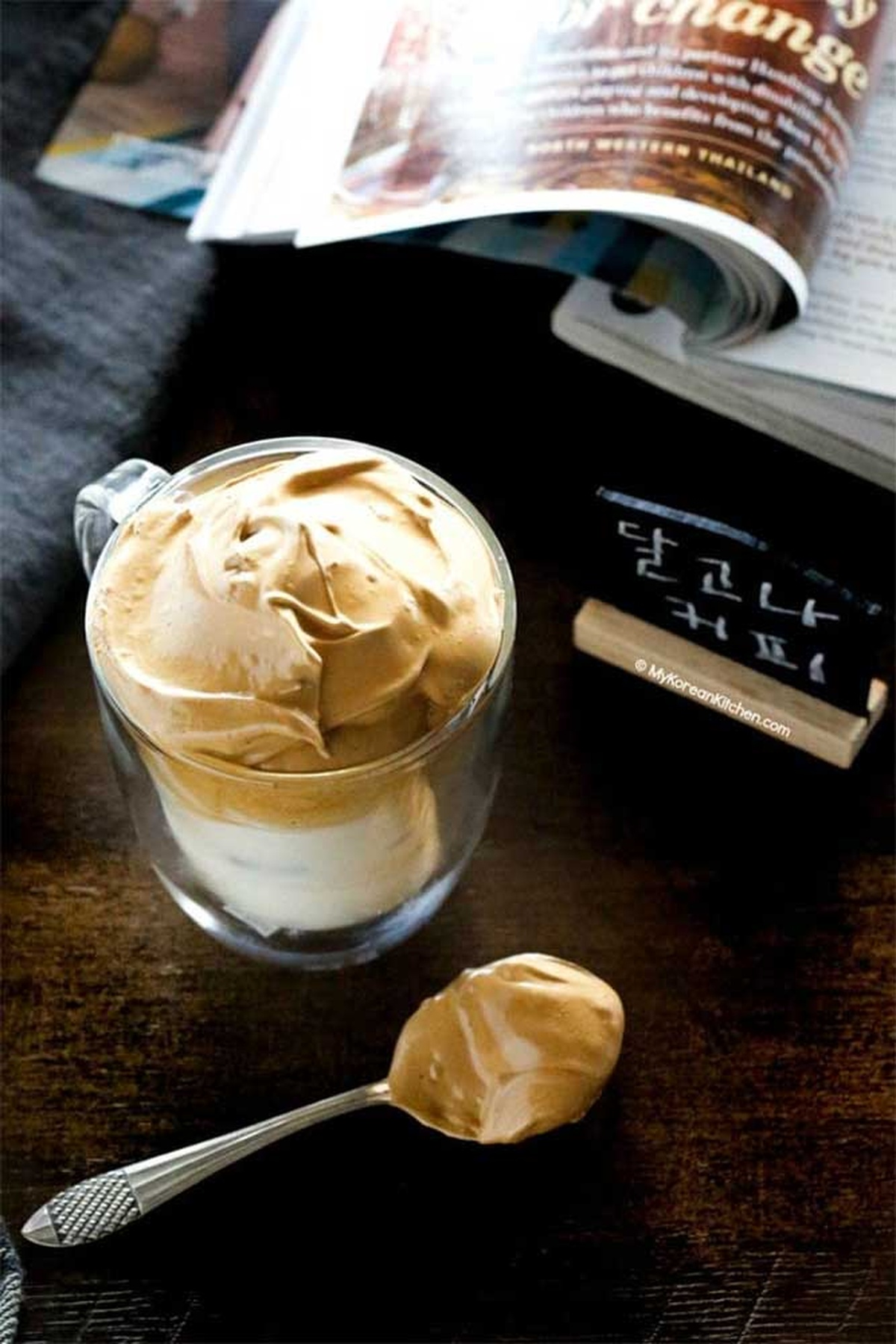
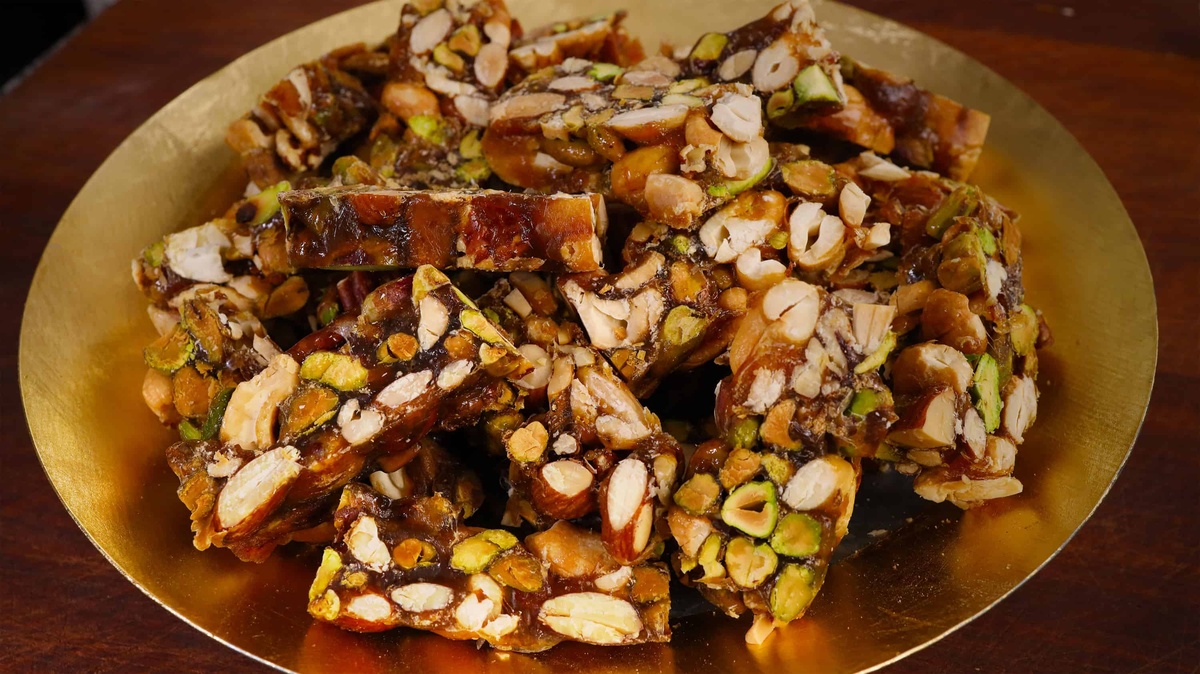
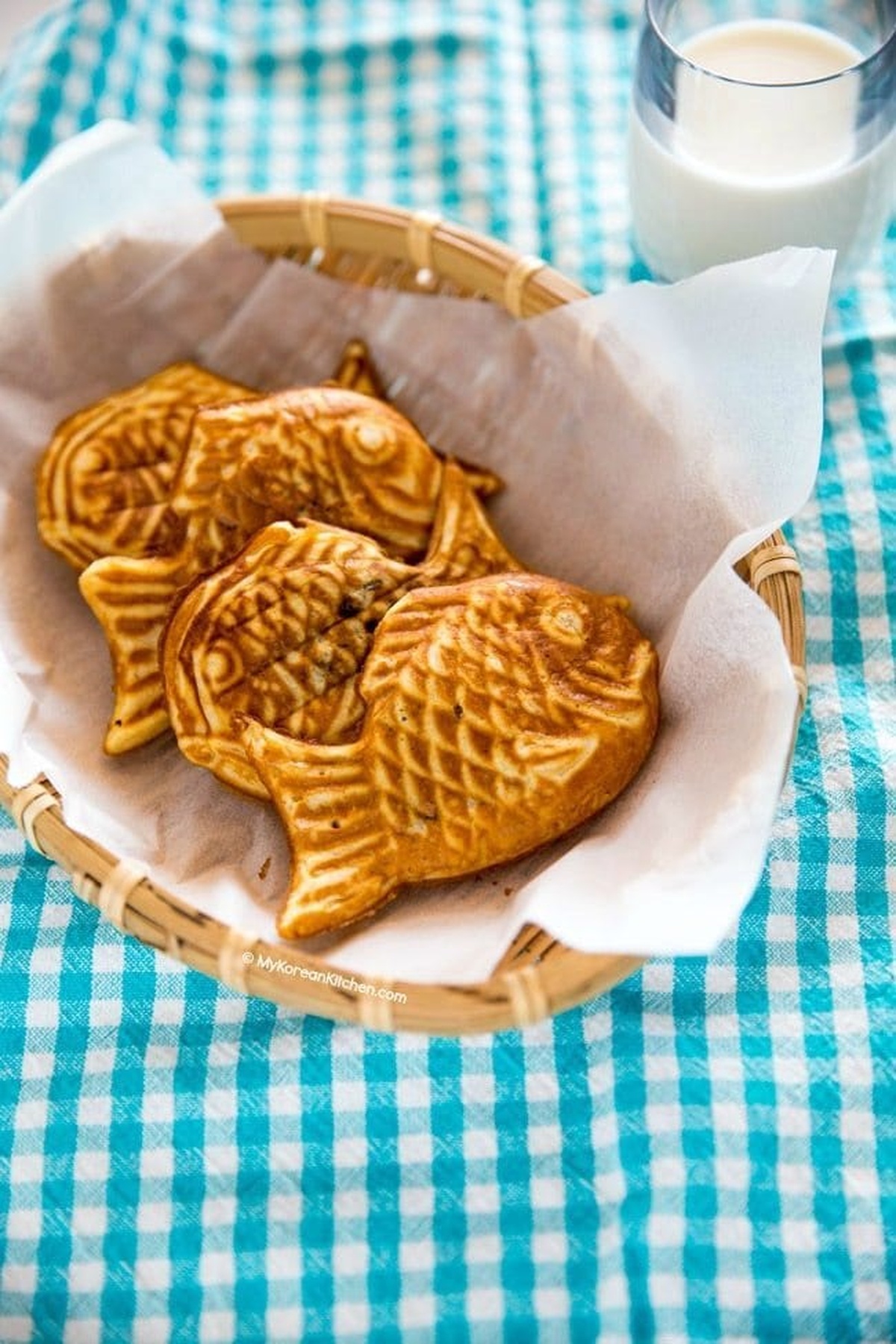
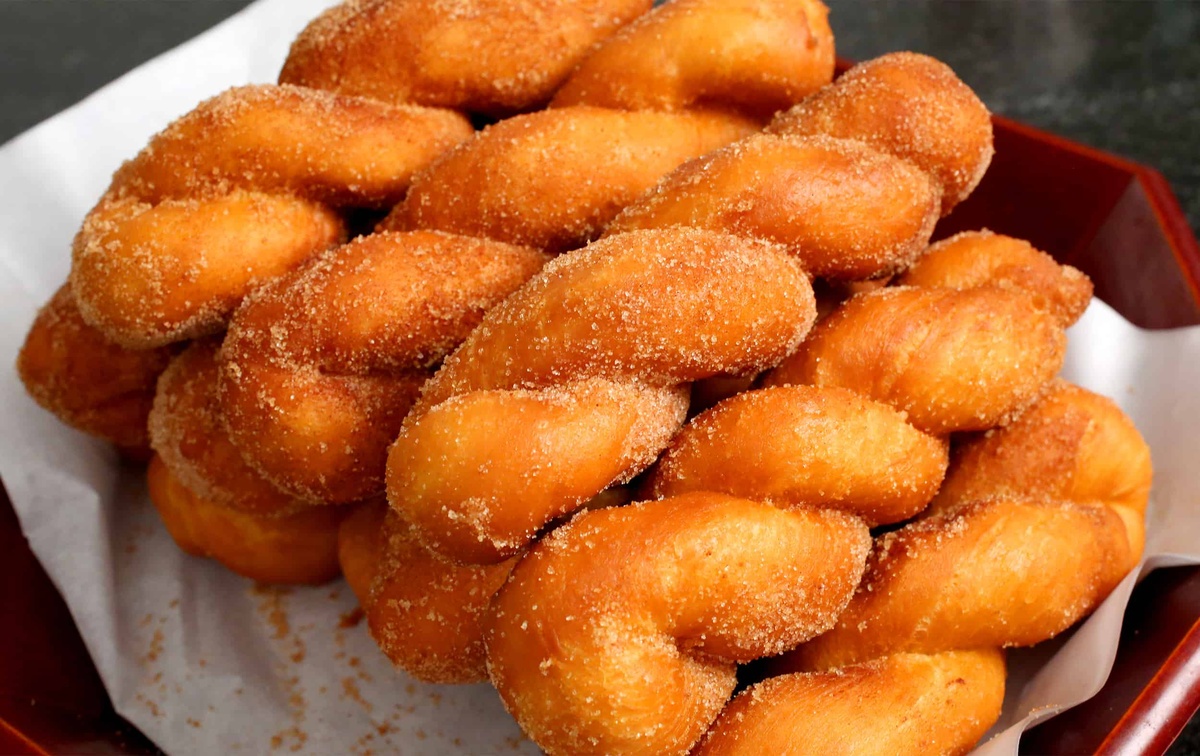
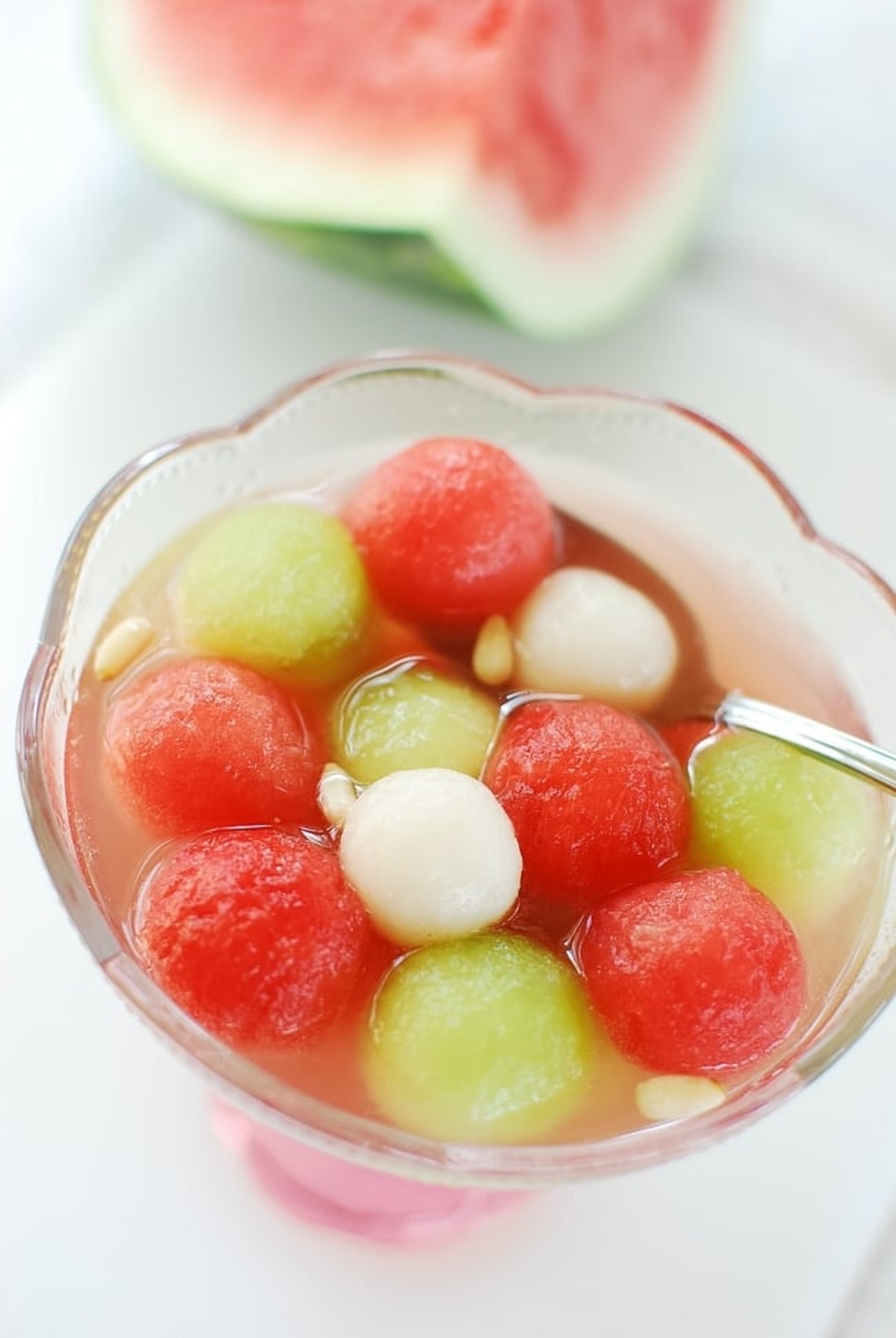

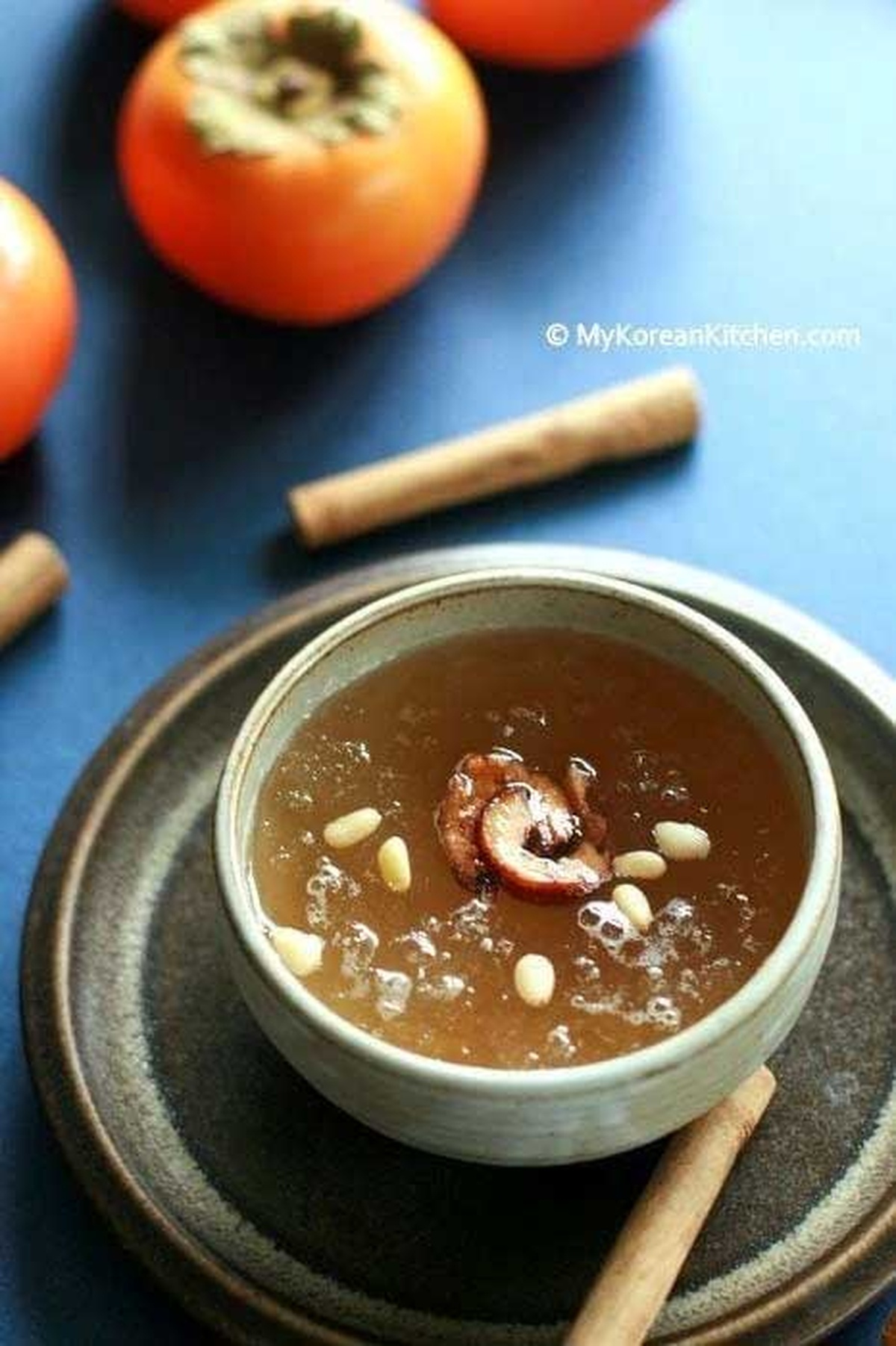
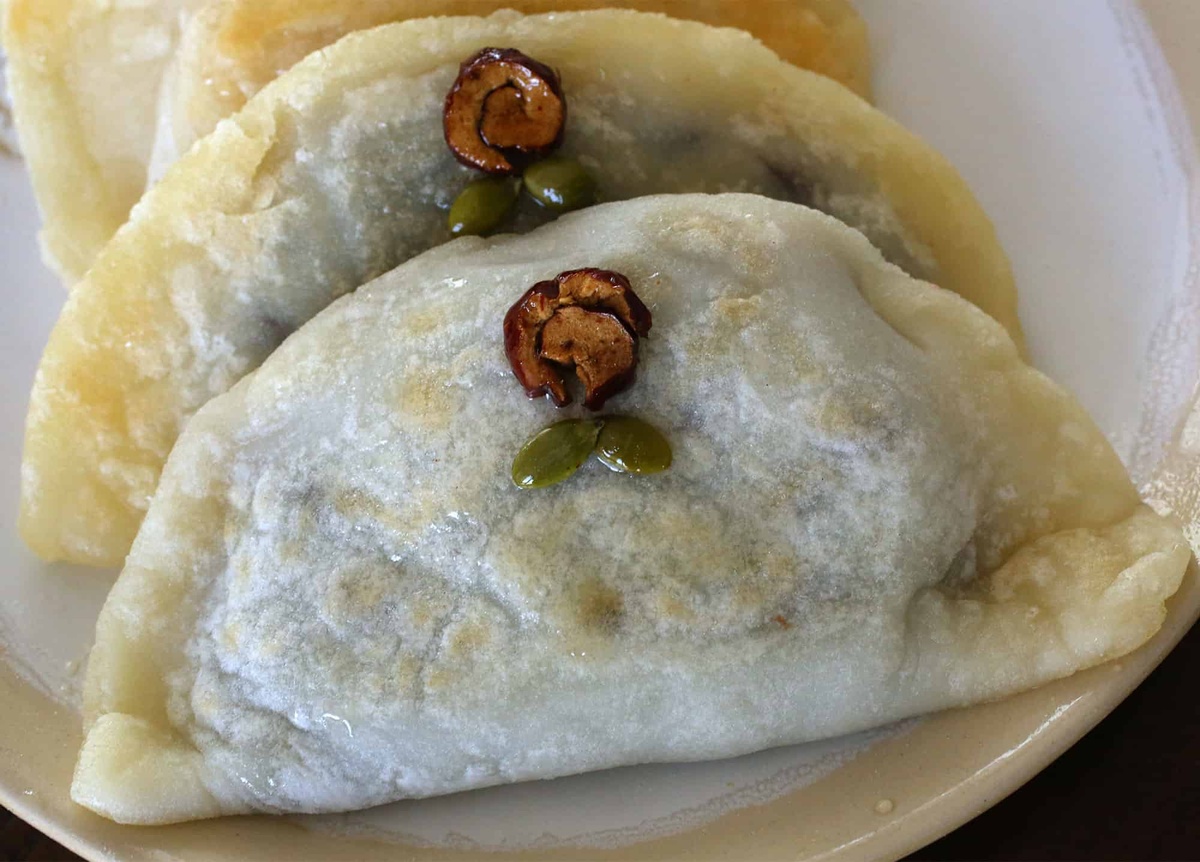
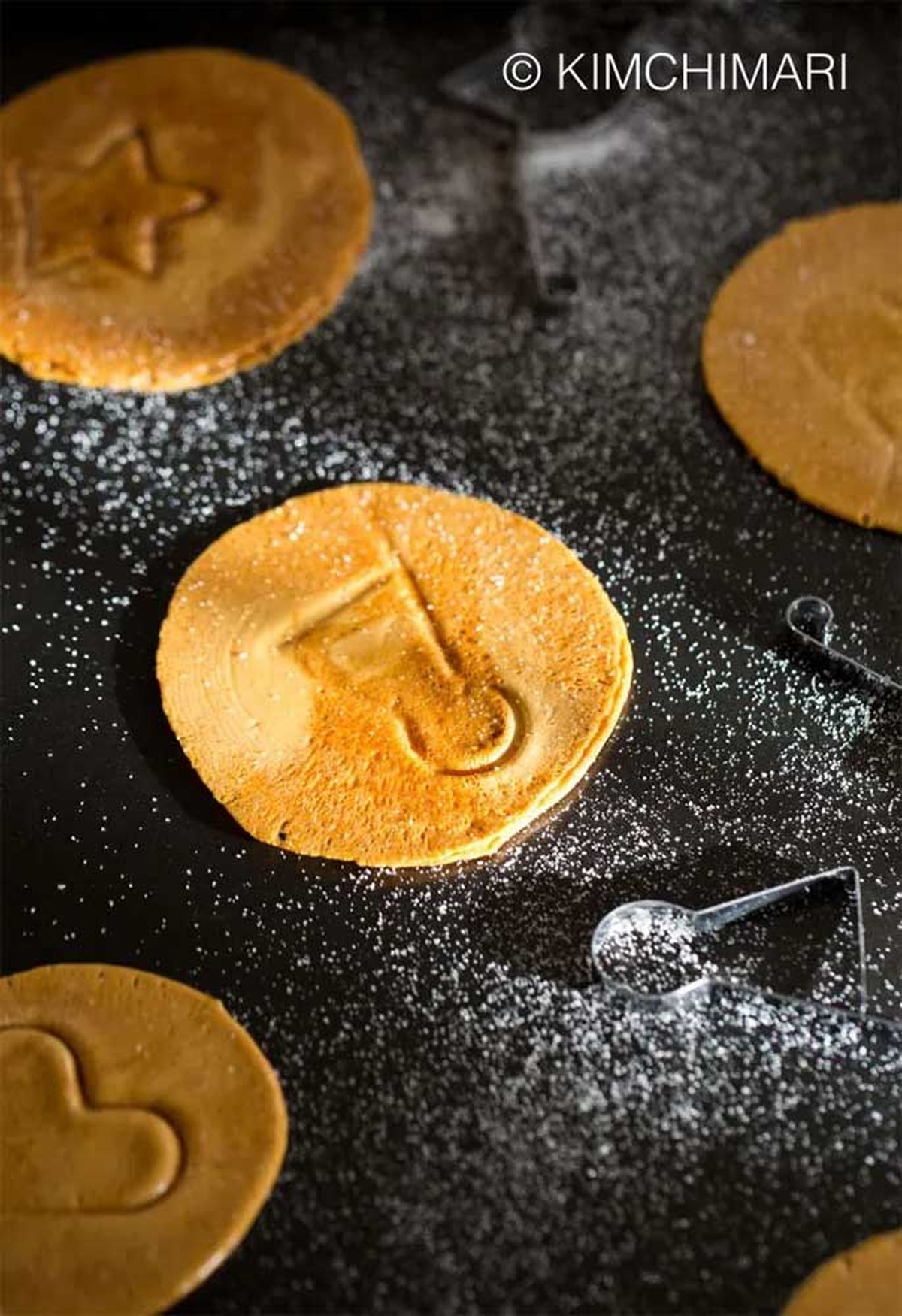
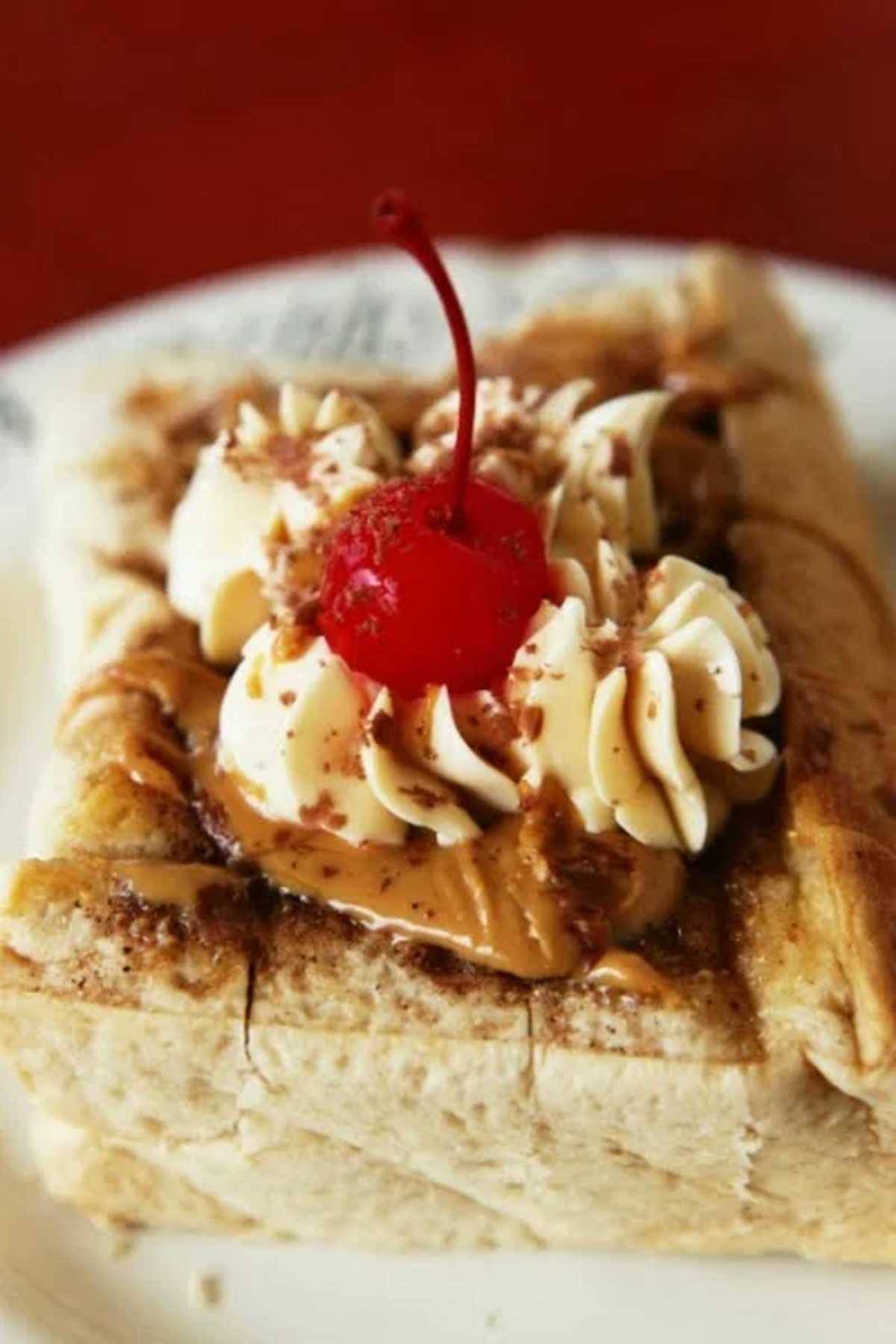
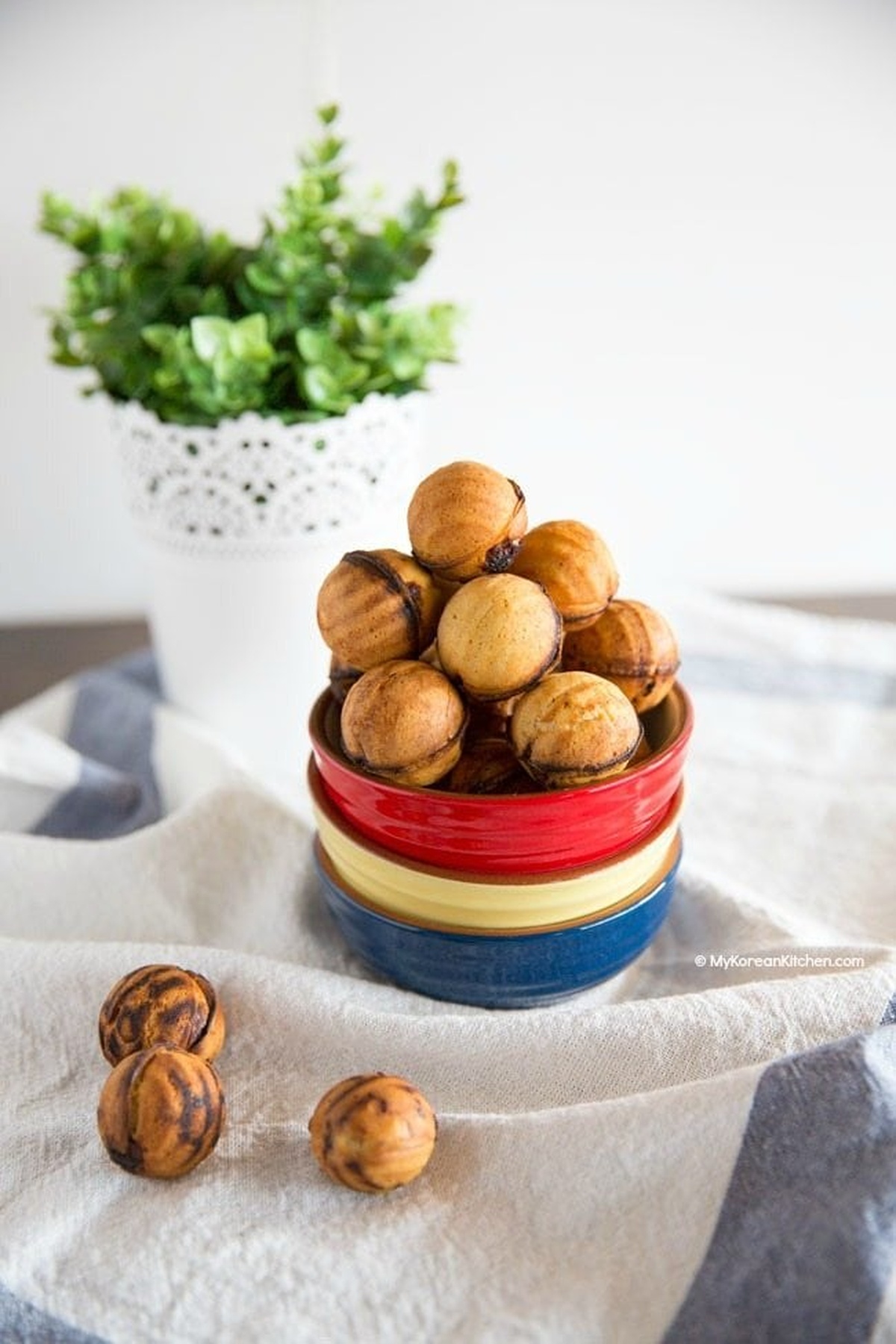
David Martinez
Travel and Food Writer
Expertise
Culinary Travel Writing, Food Photography, Cultural Food Exploration, Restaurant Reviews, Gastronomic Event Coverage
Education
The Culinary Institute of America (CIA), Greystone Campus, St. Helena, CA
Program: Associate Degree in Culinary Arts
Focus: Hands-on training in culinary techniques and kitchen management, blending traditional methods with contemporary food trends.
Le Cordon Bleu, Paris, France
Program: Grand Diplôme (Diploma in Cuisine and Pâtisserie)
Focus: Comprehensive culinary training in both classic French cuisine and pastry arts, emphasizing precision, creativity, and professional kitchen operations.
David Martinez is a travel and food writer who explores the world one dish at a time. With culinary training from The Culinary Institute of America and Le Cordon Bleu, David captures the heart of each place he visits through its food. His journeys, from vibrant markets in Asia to intimate bistros in Europe, inspire his storytelling.
At thebreslin.com, David shares recipes and stories that give readers a taste of global food culture. His approachable writing and passion for authentic flavors help readers feel connected to the world’s kitchens, one bite at a time.